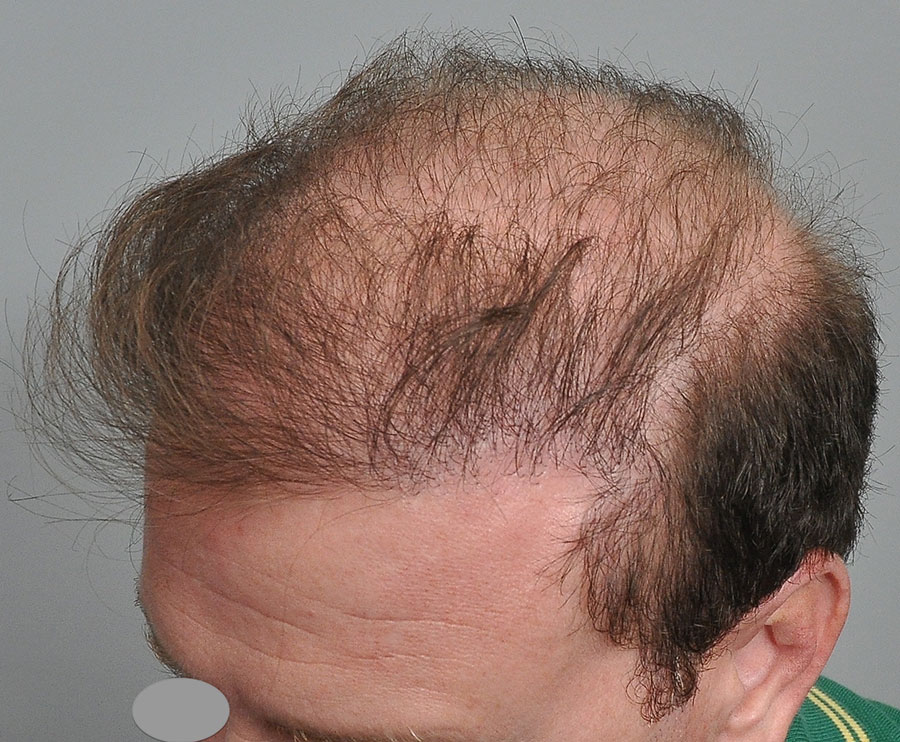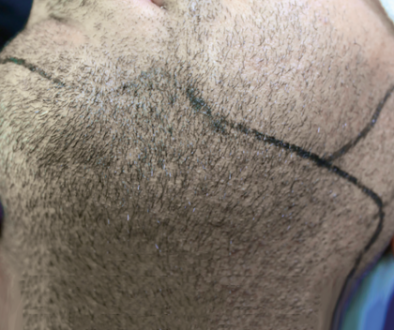Are There Any Conditions That Can Affect Hair Transplant Growth?

Are there any underlying medical conditions that could potentially affect my hair transplant growth?
There are medical conditions that could affect or compromise your hair transplant growth. However, other factors contribute to weak growth after a hair transplant as well, including poor post-operative care and graft handling. Below are some examples of medical conditions that could hinder the growth of your hair.
Lichen Planopilaris
Lichen planopilaris is a form of hair loss that occurs from a skin condition called lichen planus – this condition attacks the hair follicle and replaces the hair with scarring. The immune system attacks the skin and follicular cells and ultimately destroys them. You can rule out this condition by visiting a dermatologist or hair transplant surgeon. They can perform a biopsy to rule this ou
Scarring From Previous Hair Transplants
Significant scarring can hinder the growth of hair transplant grafts. There is less blood circulation with multiple procedures. Therefore, previous outdated ‘hair plugs’ and flap procedures could lead to weak growth, if the repair is too aggressive.
A Quote From Highly-Esteemed Dr. Raymond Konior
You have to consider the possibility of compromised graft growth arising from an intrinsic scalp scarring disorder such as lichen planopilaris, where the skin attacks the follicles with an end-result of low yield. Also, a history of multiple procedures most definitely has to be taken into consideration in that the many scars resulting from plugs, FUE grafting, and the scalp reduction would have compromised the baseline scalp circulation. An aggressive graft plan could have been associated with a higher risk for low yield in the face of diminished baseline scalp circulation. The risks associated with a fast-track approach are unacceptable, especially when graft supply is considered tenuous at best. A more deliberate and strategic plan would, in theory, increase the odds of a high graft yield, maximized coverage based on the desired hairstyle, and a non-depleted donor area.



